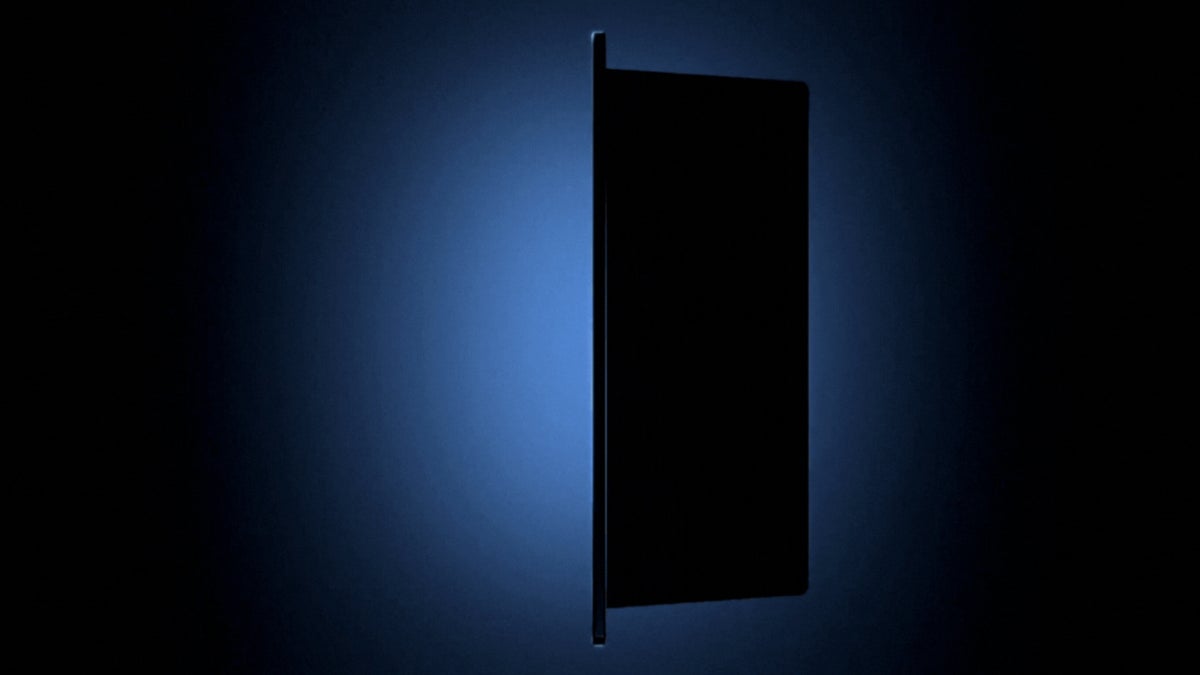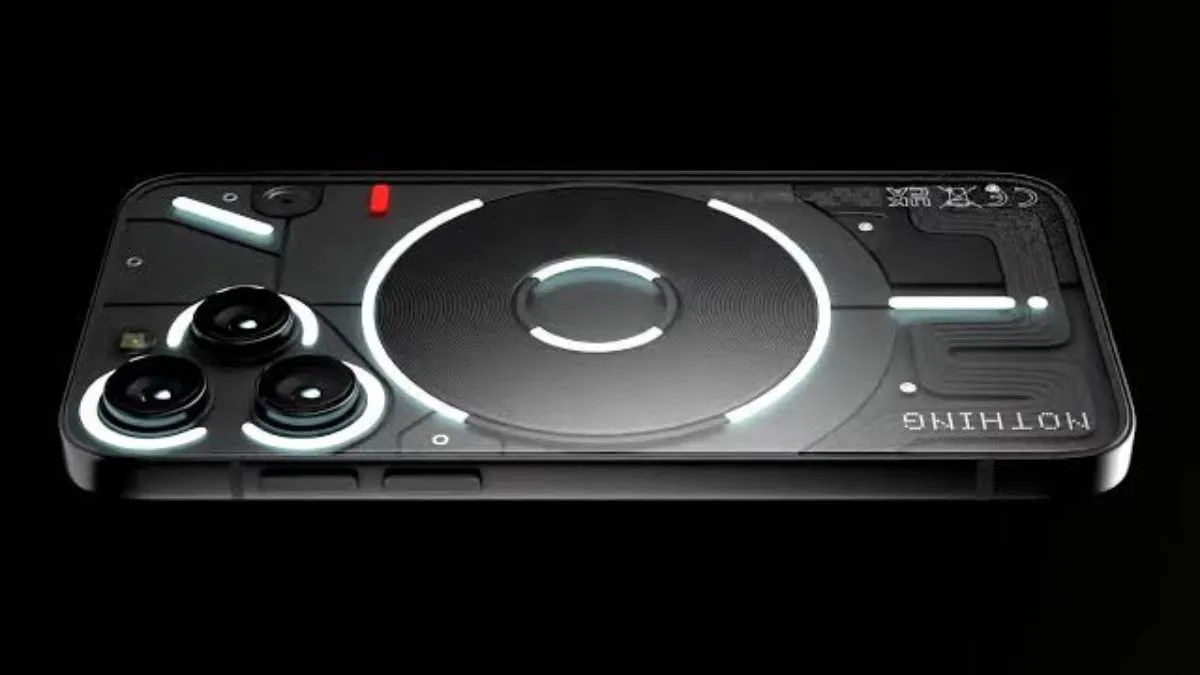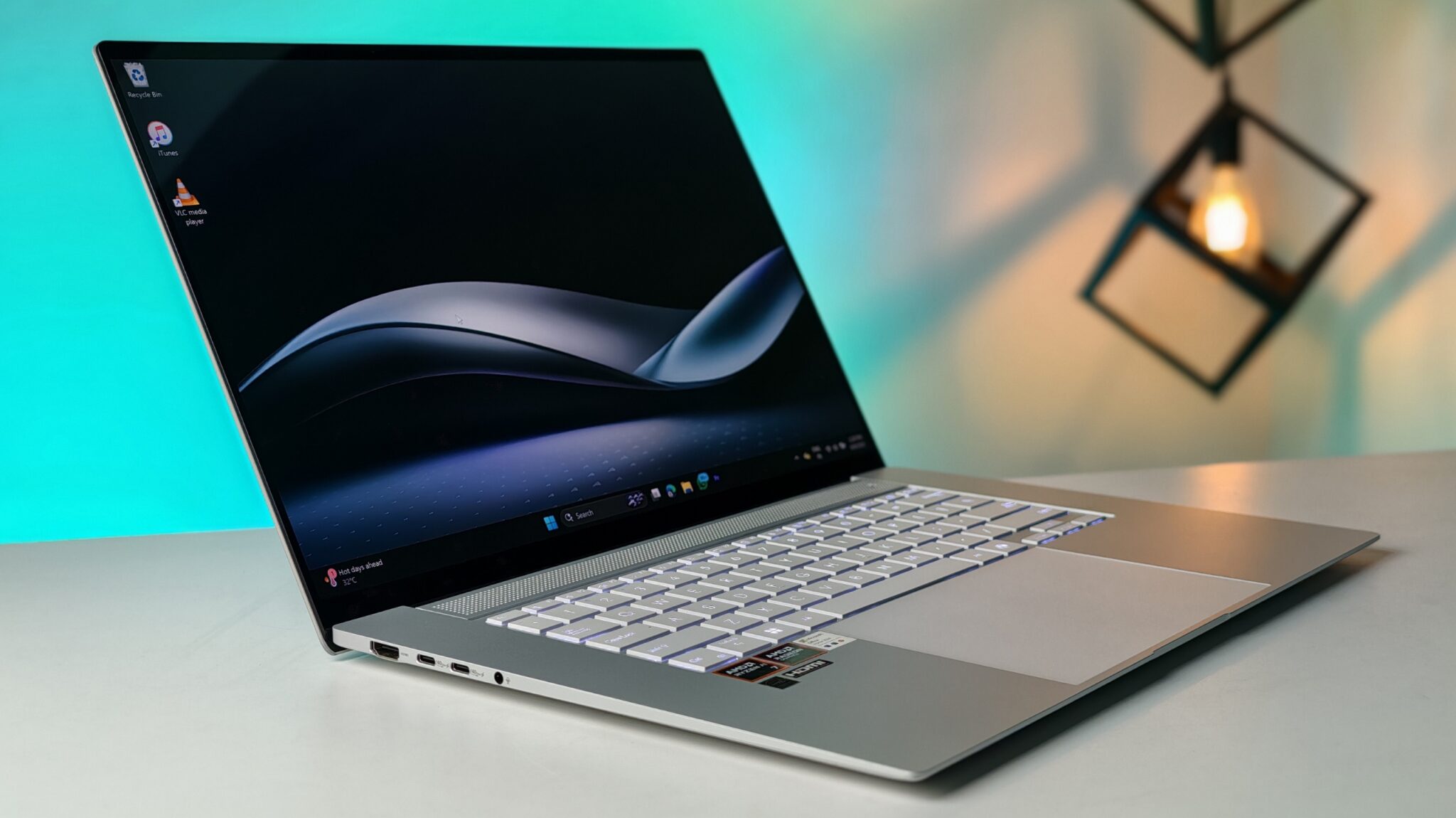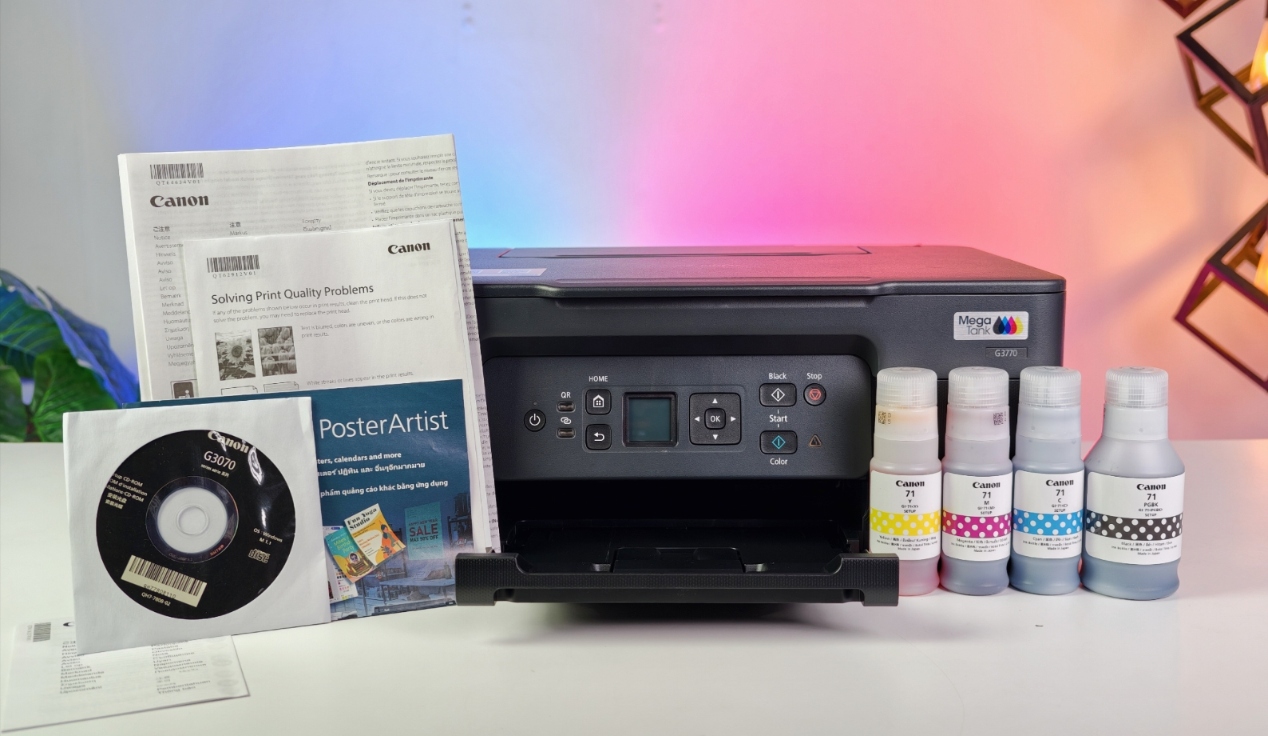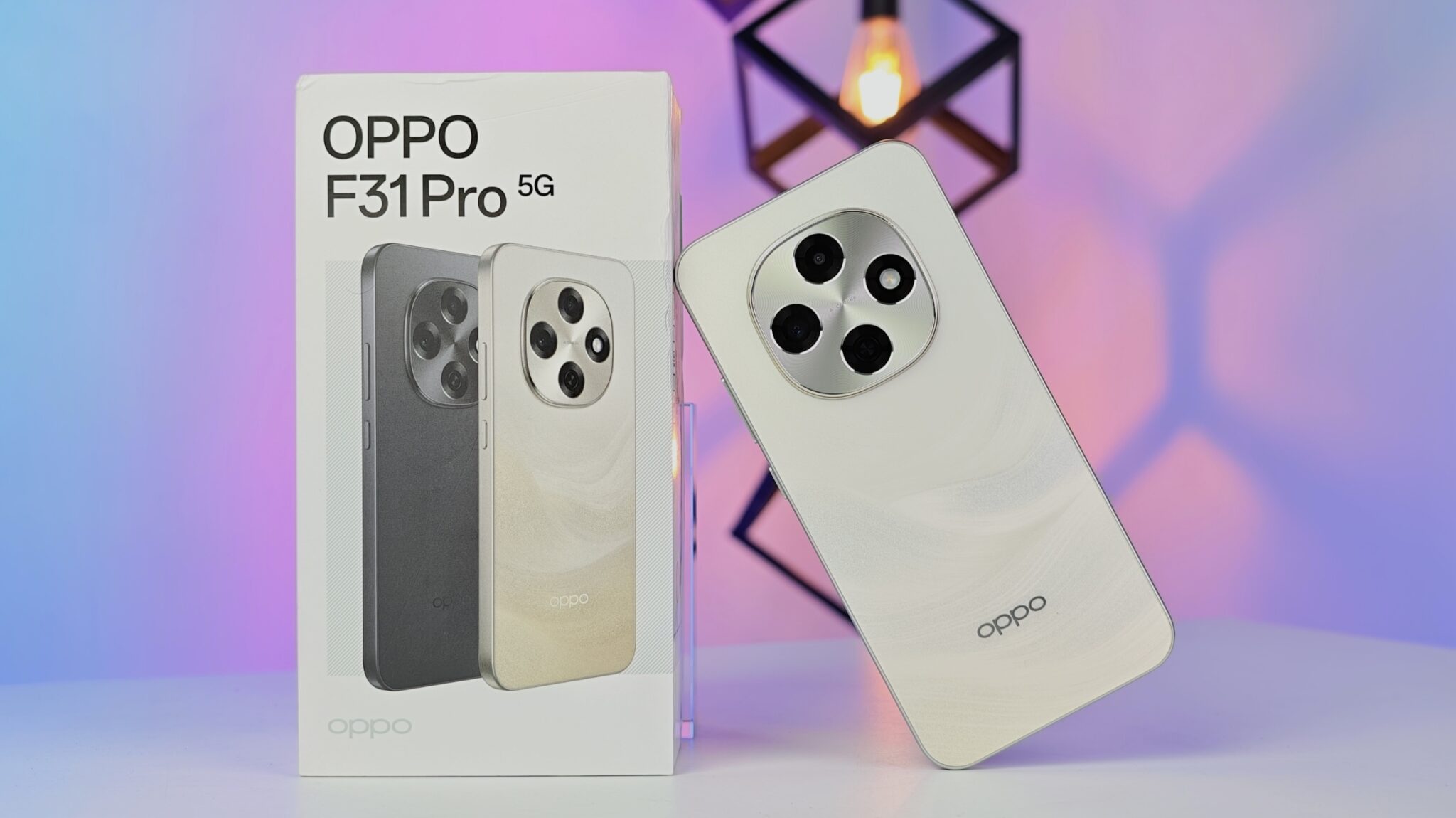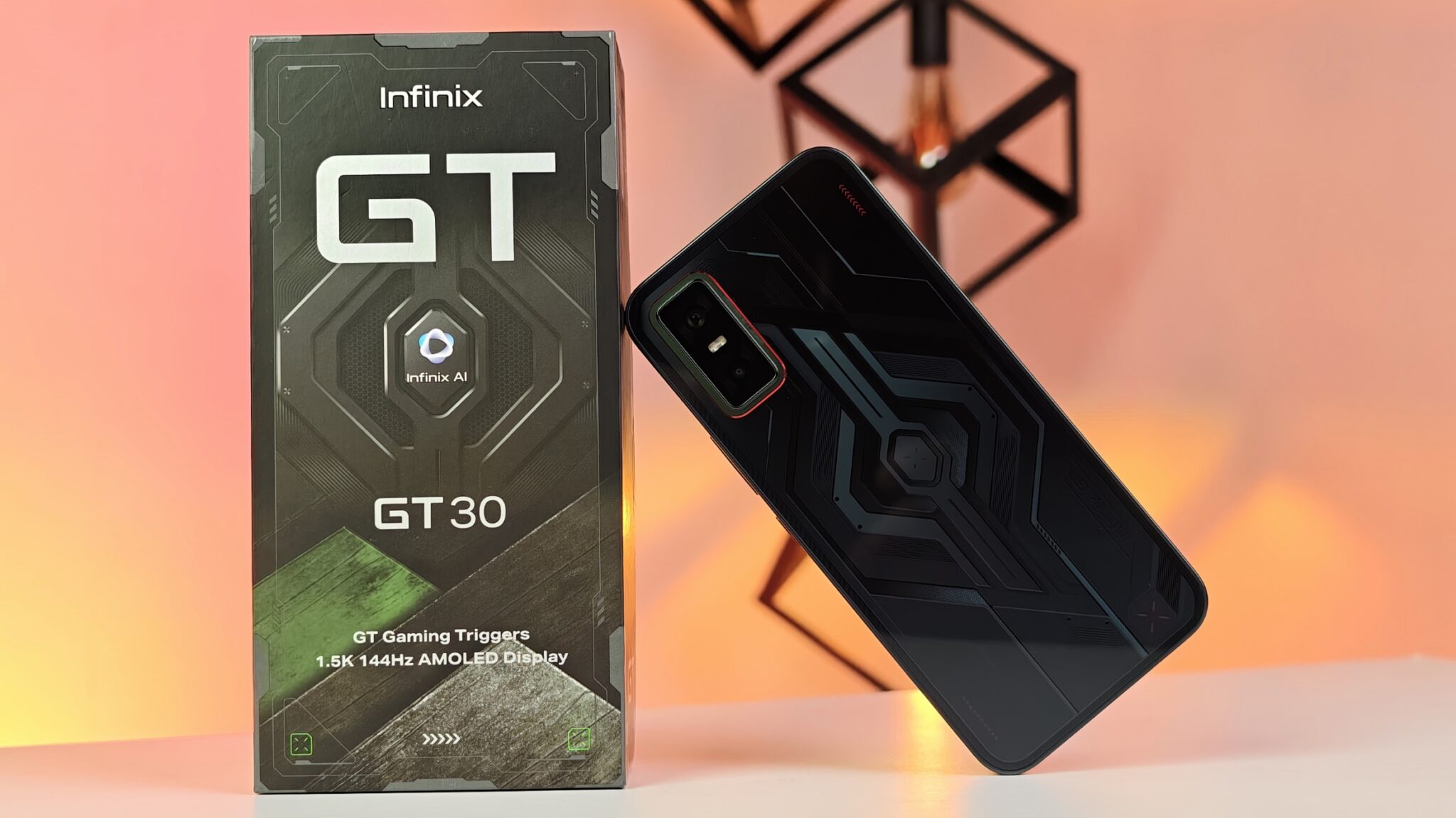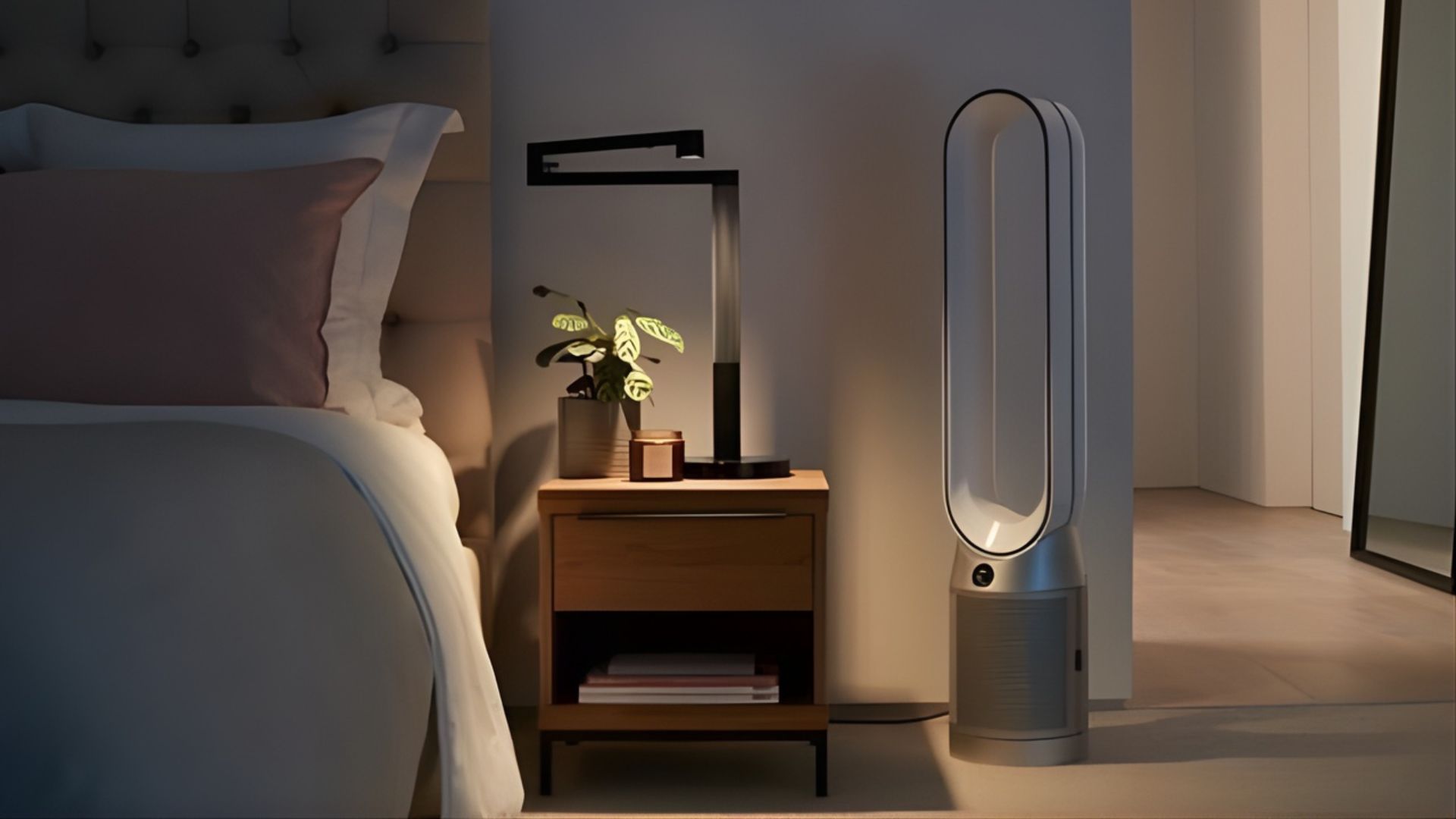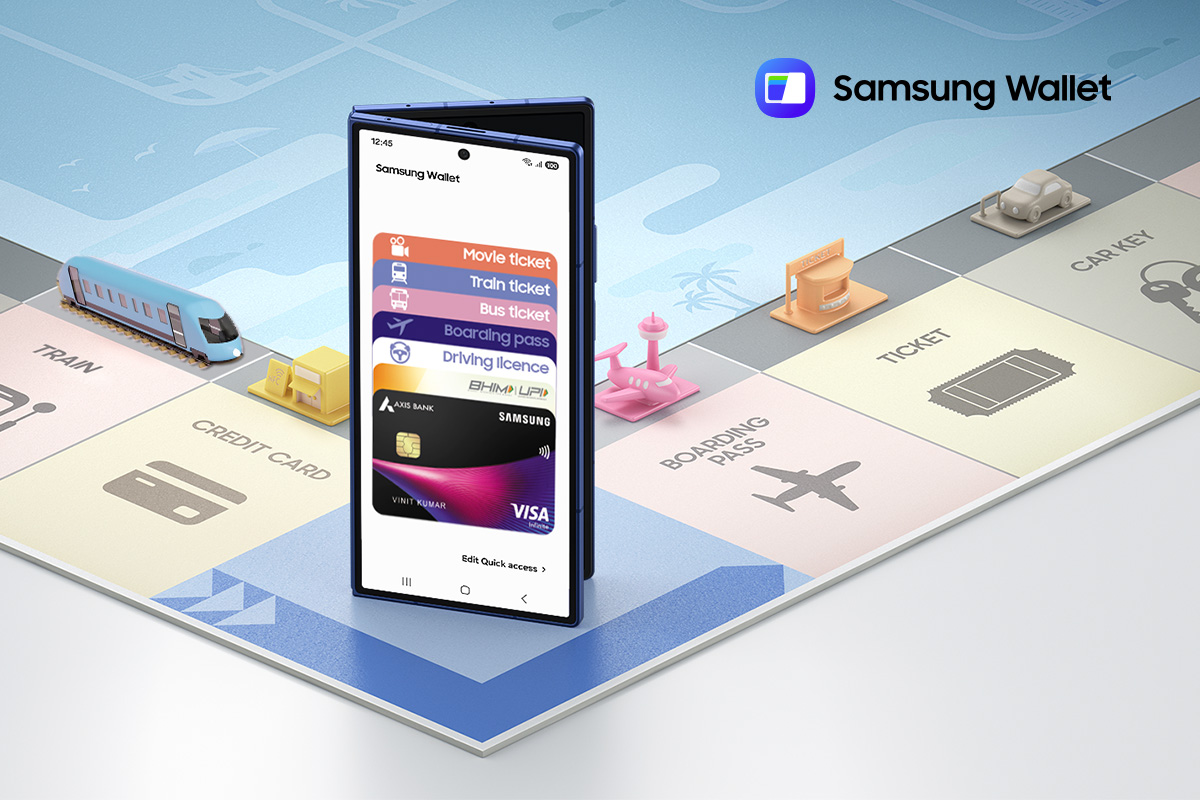For years now, smartphone users have been chasing a dream—a phone that somehow balances powerful performance with actual, honest-to-goodness portability. It’s a bit of a paradox, really. You want the screen space, the multitasking muscle, the immersive media experience… but you also don’t want to feel like you’re hauling around a mini tablet in your jeans. Samsung’s Galaxy Z series has been their answer to that puzzle, and with every generation, they seem to inch closer to cracking it.
Key Takeaways:
- Samsung debuted the original Galaxy Fold back in 2019, introducing a bold blend of smartphone portability and tablet-like productivity.
- That first foldable wasn’t just about novelty—it was an attempt to fuse big screens with true mobility.
- Samsung borrowed ideas from other fields to engineer a hinge that could survive daily folding.
- The Z series has always been built around what users say they want: versatility without bulk.
- Each new version gets noticeably thinner, lighter, and more resilient.
- The newest Galaxy Z model is the slimmest and lightest foldable Samsung has ever built.
So, stepping back to 2019—that was the year Samsung introduced the first Galaxy Fold. It wasn’t perfect, but it was undeniably different. This wasn’t just a phone you slipped into your pocket and forgot about; it was a glimpse into a different kind of device, one that straddled the line between a phone and a tablet. The whole concept was rooted in a pretty straightforward vision: could a phone deliver productivity without sacrificing portability? That kicked off a long engineering journey, most famously involving a hinge that could survive thousands of open-close cycles. Not exactly the sort of thing you think about when scrolling Instagram, but crucial if you’re going to fold and unfold your phone day in, day out.
And really, that’s part of the deal here. We take our phones everywhere. They’re in our pockets, our bags, our hands—constantly. That kind of intimacy with a device raises the bar for how comfortable it needs to be to carry and use. Samsung has clearly leaned into this, refining each iteration of the Z series to shave off grams and millimeters, to the point where you start wondering if it’s even physically possible to go thinner without compromising something else.
With the latest Z series device, they may have just pulled it off. It’s thinner, it’s lighter, and it doesn’t feel like a compromise. The team has obviously obsessed over the details—not just the aesthetics, but how it wears over time. Durability still matters a ton in a foldable, and from what we’ve seen so far, Samsung isn’t cutting corners.
Of course, this whole journey hasn’t been without skeptics. Let’s be honest, early foldables drew a fair bit of side-eye. People questioned the practicality, the build quality, the price tags. And yeah, some of that skepticism was earned. But Samsung didn’t back off. They invested big in R&D, tackling challenges like screen flexibility and hinge mechanics with the kind of seriousness usually reserved for aerospace parts.
That kind of tenacity is what led to the robust foldables we see today. The displays are flexible yet tough, the hinges don’t feel like fragile origami anymore, and all of it adds up to a device that doesn’t just fold—it works.
But the hardware, as impressive as it is, is only part of the story. Samsung has also been smart about the software side. They’ve rethought the UI, optimized apps, and tried to make that foldable screen actually useful, not just flashy. There’s a genuine attempt here to make the transition from folded to unfolded feel seamless—to let users jump between tasks, consume content, or even run two apps side by side without a hitch. The goal? A device that just works the way you want, without you having to think too hard about it.
And beyond Samsung, this whole foldable trend has started nudging the entire industry. Other brands are jumping in, trying their own takes on bendable devices. That’s a good thing. It means more innovation, more competition, and better options for users. But it also reinforces that Samsung, having planted their flag early, is still setting the pace.
So yes, this new Galaxy Z phone is thin. Very thin. But more importantly, it’s a product of years of rethinking what a smartphone can be. It reflects real feedback from users, iterative design, and some honest-to-goodness trial and error. It’s not just about looking futuristic—it’s about delivering something that fits how people live and work now. For anyone who’s ever dreamed of a device that adapts to them, rather than the other way around, this might be one worth unfolding.


